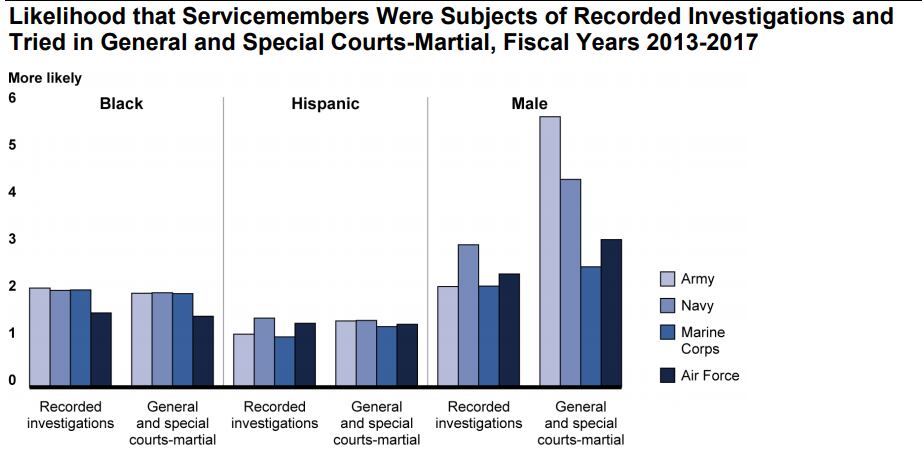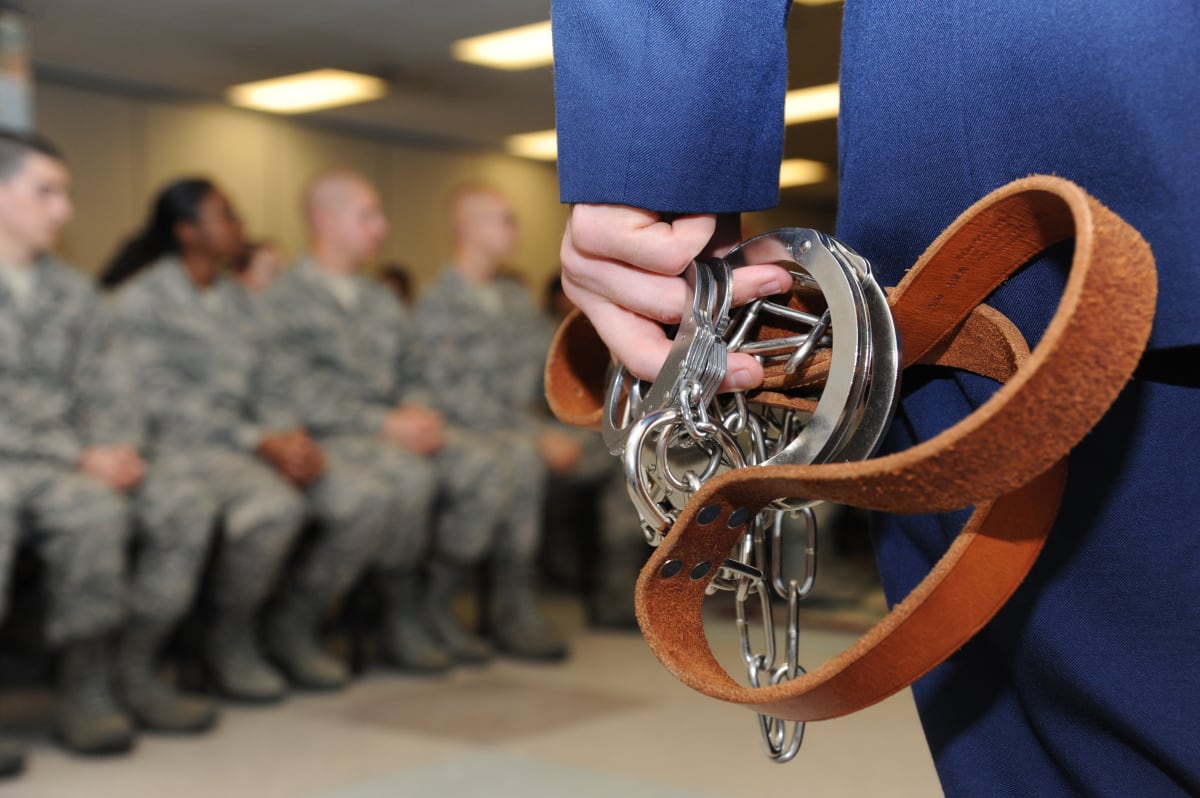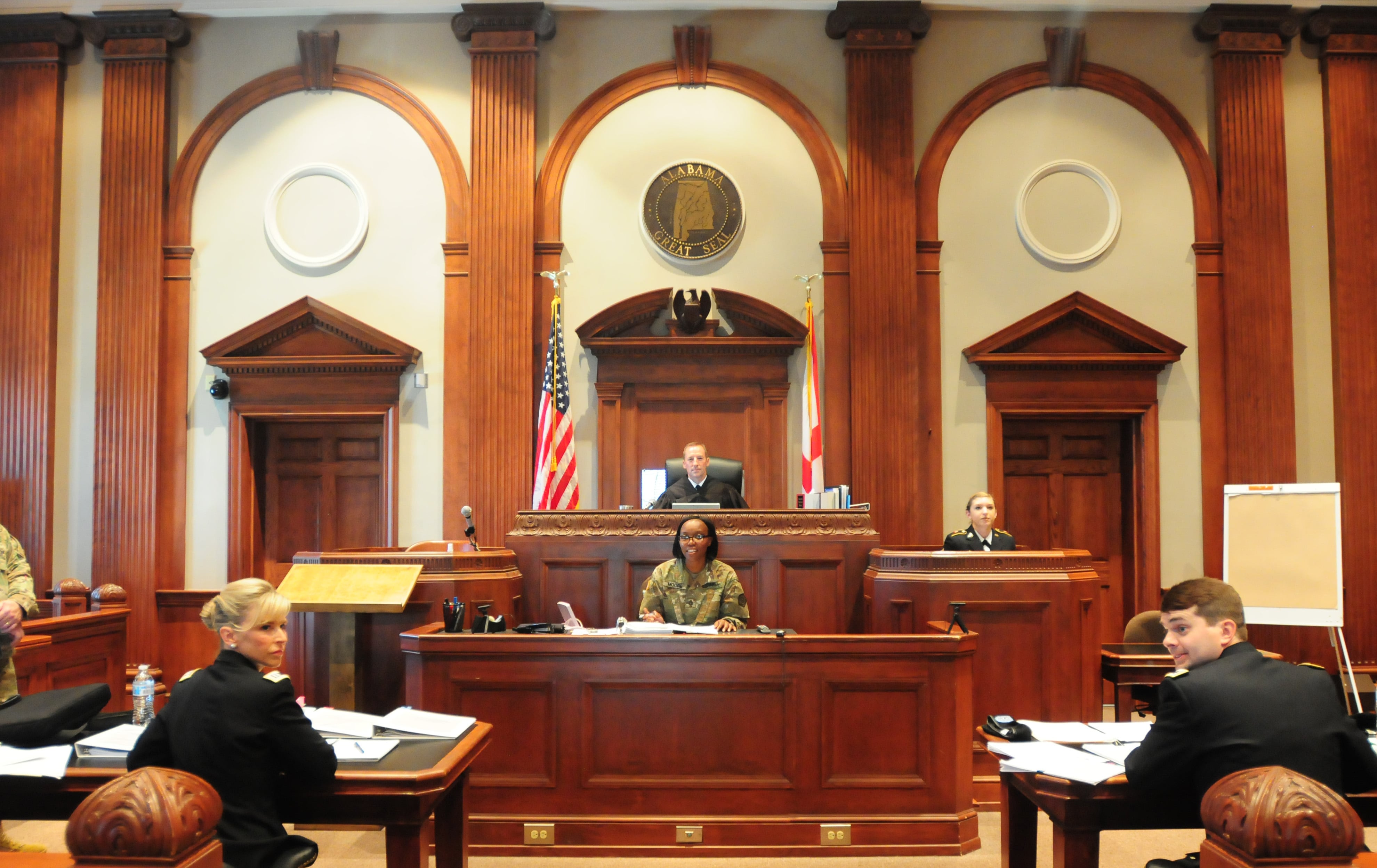Men in the military are much more likely to go to court-martial than women, according to recently compiled data, and black or Hispanic service members of either gender are more likely to face a trial than their white counterparts. However, once service members get to trial, the likelihood of a conviction is nearly the same across all demographic backgrounds.
Those are the key findings of a Government Accountability Office study released Thursday.
But the GAO acknowledges the report, spurred by lawmakers concerned by racial inequity in the military justice system, does not have enough information to reach any major conclusions about the data.
Throughout the services, according to the report, men were as much as six times more likely to face a trial, while black service members were about twice as likely to have their charges referred and Hispanic troops were about one-and-a-half times as likely. But overall, the report found, the inconsistent ways in which the services report and track gender, race and ethnicity make it difficult to mine the data available for these disparities.
One example, the report found, is the large number of potential responses for race and ethnicity across the military services’ databases. There are between five to 32 options for race and two to 25 options for ethnicity, "which can complicate cross-service assessments,” the report found.

The study, mandated by Congress in the 2018 National Defense Authorization Act, looked at data from 2013 to 2017, including 258,000 cases of discipline under the Uniform Code of Military Justice in the Army, Air Force, Navy, Marine Corps and Coast Guard.
What they found, after controlling for race, gender, rank, education ― and because the Air Force tracks it, airmen’s years in service ― was that overall, men are are between two and six times more likely to see a court-martial after they’ve been investigated than women.
That high end is in the Army, followed by about 4.5 times in Navy, three times in the Navy and just over two times in the Marine Corps.
Black service members of either gender were about about twice as likely to see court-martial in the Army, Navy and Marine Corps, and close to 1.5 times in the Air Force. For Hispanic troops, it was about 1.5 times across the services.
However, according to the data, once at general or special court-martial, there was no statistical significance in the outcome ― members of all races and ethnicities were convicted at similar rates. In most instances, the report found, minority service members were given the same, or less severe, punishments than their white counterparts.
Keeping track
Beyond those findings, what the GAO report concluded is that the services will have to do a better job tracking these statistics before anyone can determine whether there are demographic disparities in the military’s criminal justice system.
In 2017, service members advocacy organization Protect Our Defenders published its own report, concluding that black troops were having drastically different outcomes under UCMJ, per data obtained by Freedom of Information Act request.
RELATED

The GAO’s findings support some of those claims, but their 11 recommendations take aim at the data collection itself. They include:
- That the Army, Navy and Air Force departments should record ethnicity and race data in investigations and personnel databases using the same categories as military justice databases.
- The the Coast Guard should modify its military justice database to be searchable by gender, as well as include race and ethnicity data.
- That Defense Department’s annual UCMJ review should consider an amendment to require gender, race and ethnicity as part of its reporting requirements.
- That both DoD and the Homeland Security Department should review cases and track disparities in gender, race or ethnicity.
- That the Army, Navy and Coast Guard should consider collecting complete demographic information for their non-judicial punishment reports.
- That both DoD and DHS should do a joint evaluation to identify demographic disparities, and address the causes.
DoD fully concurred with all but two recommendations, only adding that DHS be looped in on any recommendations directed at all five services, and that any efforts be under the authority of those departments, rather than any offices within them. DHS concurred across the board.
Meghann Myers is the Pentagon bureau chief at Military Times. She covers operations, policy, personnel, leadership and other issues affecting service members.





